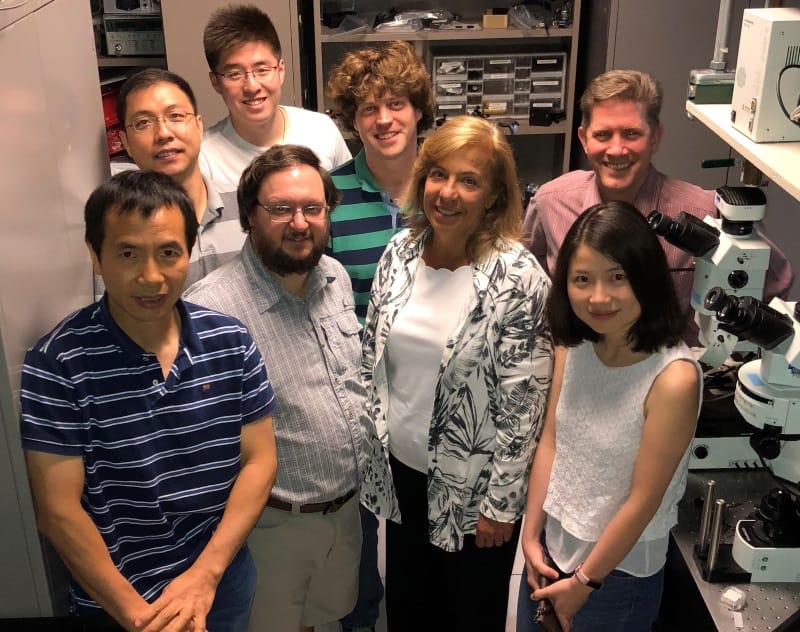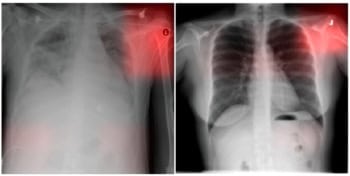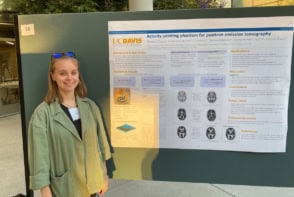Simultaneous label-free autofluorescence-multiharmonic (SLAM) microscopy is a novel intravital microscopy technique that permits imaging of living tissues in real time. Previously, researchers have used various configurations of intravital imaging to understand tissue biology, but with many limitations. Now, Stephen Boppart and his team at the University of Illinois at Urbana-Champaign have addressed these limitations with the development of SLAM, a powerful technique for real-time diagnostics of tissues, such as tumours (Nature Communications 10.1038/s41467-018-04470-8).
How does SLAM work?
SLAM microscopy uses a single-excitation band laser of low energy that elicits the autofluorescence (natural emission of light from a biological component after absorbing it) of some cellular components, whilst also creating an optical signal from other tissue structures.
In other words, this system employs four different microscopy mechanisms to visualize different cellular and tissue structures from a single source of light. Such processes are called two/three photon autofluorescence and second/third harmonic generation. Then, the different signals are resolved through detection channels to create an optical image.
The integration of these modalities is possible due to the uniquely generated ultrafast pulses and represents a great improvement on previous methods, overcoming existing limitations of intravital microscopy.
Firstly, the lack of a label prevents variable signal intensity or interference with biological processes. Secondly, using a single source of light permits simultaneous detection of the different signals, while previous systems needed time to shift between different lasers to detect the different tissue components. The use of ultrafast pulses permits a high resolution with molecular sensitivity from the different channels. The development of these ultrafast pulses reflects a decade of laser source engineering effort by Haohua Tu, the senior research scientist and co-corresponding author of this project.

What is the potential of this technique?
The real-time simultaneous imaging of multiple cellular and tissue components provides a valuable tool for the understanding of pathologies. For instance, the researchers employed the SLAM platform to image mammary tumours of rats. They were able to detect differences in the metabolism and morphology of cells around the tumour, suggesting the influences that it elicits on them.
Since long exposure in real time is possible – due to the low energy of the laser, which does not damage the tissue – SLAM also permits dynamic tracking of cells in the microenvironment over time. This can provide information on how the cells interact and move, or how the tumour evolves. For instance, in this study, the researchers were able to track the movement of leukocytes (white blood cells), which have a crucial role in the immune response and metastasis of the tumour.
The SLAM platform enables live-imaging of multiple components, overcoming the limits of other intravital techniques. Thus, SLAM presents an enormous potential for dynamic tumour diagnostics that other imaging techniques cannot provide. The possibilities of this platform could be expanded further with new laser technologies and SLAM could easily be implemented in multiple clinical applications.



